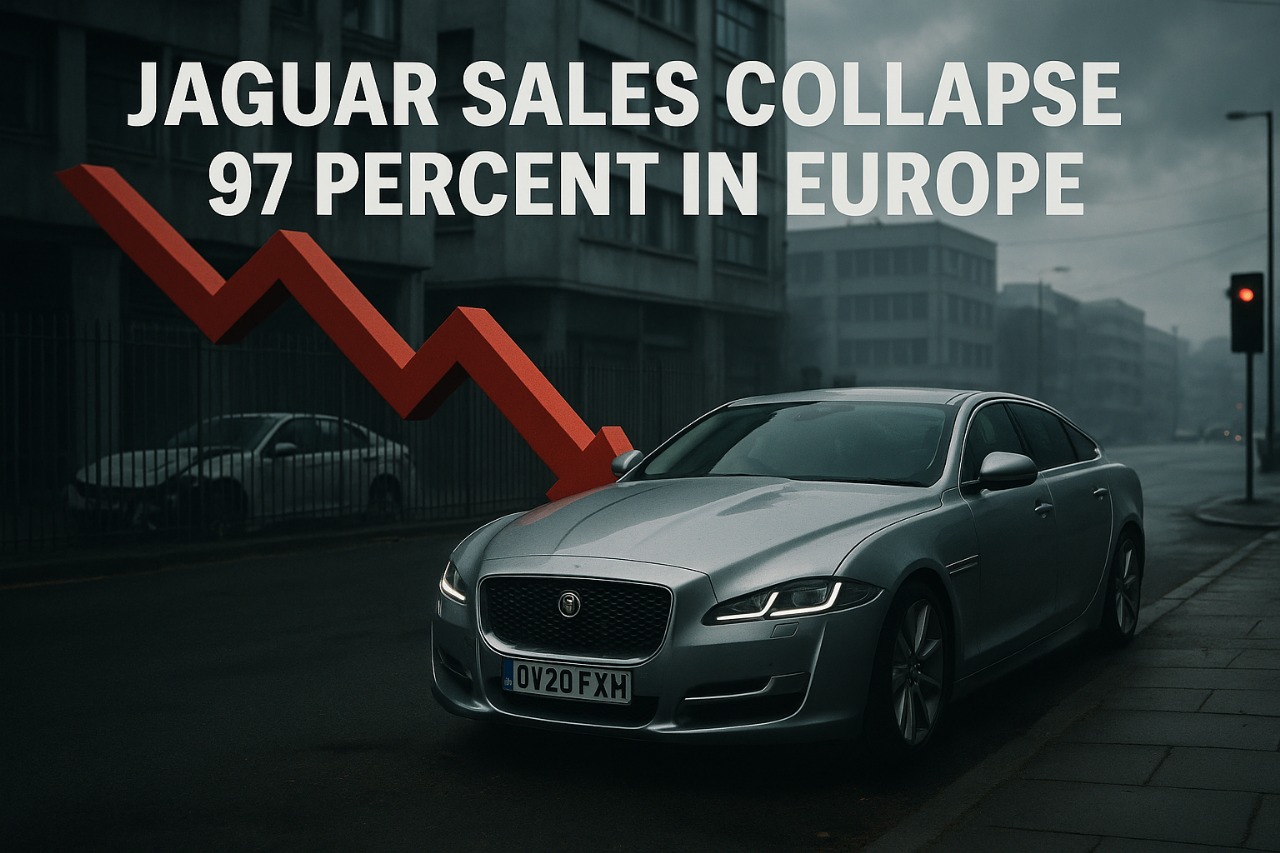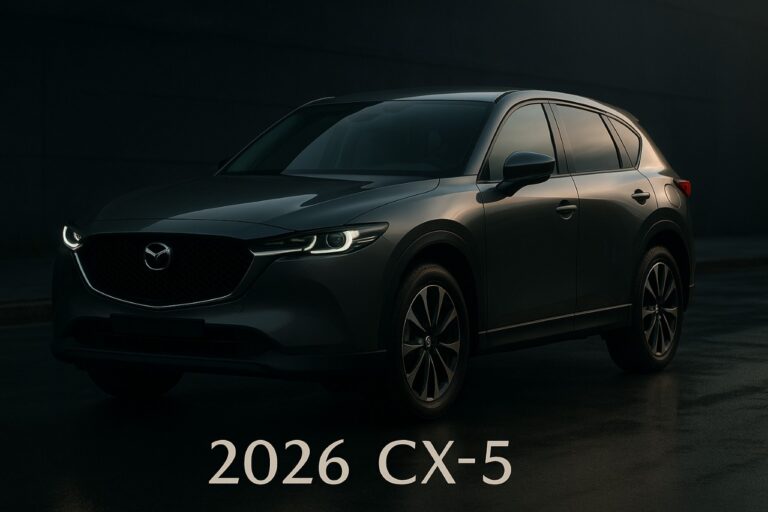Jaguar Sales Plunge 97 Percent in Europe as EV Rebrand Backfires
In a stunning twist that has rocked the European auto industry, Jaguar’s car sales have collapsed by a shocking 97 percent across Europe. Once a symbol of British luxury and performance, the brand now finds itself struggling for relevance. The root of the issue? A controversial rebrand and a pivot to electric vehicles (EVs) that seems to have alienated more buyers than it attracted.
While the global automotive market is evolving fast, especially with the shift to EVs, Jaguar’s sudden decline reveals a mismatch between brand identity, customer expectations, and market readiness. Let’s explore how this crisis unfolded, what it means for Jaguar’s future, and whether this iconic brand can recover from the steep fall.
Jaguar’s EV-Only Future Sparked a Radical Shift
Jaguar’s parent company, JLR (Jaguar Land Rover), announced in 2021 that the brand would become fully electric by 2025. The decision seemed bold and progressive, aiming to reposition Jaguar as a Tesla-rivaling luxury EV maker.
However, instead of excitement, the announcement was followed by plummeting sales, dealer confusion, and customer dissatisfaction. Jaguar stopped producing popular models like the XE and XF sedans, and no strong EV replacements have been launched yet.
As a result, many loyal Jaguar customers felt abandoned, and potential EV buyers turned to better-established electric options like Tesla, BMW i-series, and Mercedes EQ models.
Rebranding Misfire Left Dealers and Customers in the Dark
Jaguar also began a rebranding process, trying to shed its “heritage luxury” image for a more minimalistic, futuristic appeal. The brand pulled back on marketing, discontinued several models, and left showrooms nearly empty.
In Europe, where brand identity and product availability are key, this confused both dealers and buyers. Without a clear lineup or compelling new EVs, dealerships couldn’t offer anything exciting—and customers simply walked away.
A report from industry analyst JATO Dynamics revealed that Jaguar sold fewer than 100 vehicles in key European markets like Germany and France during Q1 2025, marking a 97% year-over-year drop.
Competitors Gained Ground While Jaguar Went Silent
While Jaguar was restructuring, its competitors surged ahead. Brands like Audi, BMW, and Mercedes-Benz aggressively expanded their electric lineups while keeping ICE (internal combustion engine) options available during the transition.
This dual-strategy helped them hold on to their legacy customer base while tapping into the EV market. Jaguar, on the other hand, seemed to vanish from the radar—losing both ICE and EV customers in the process.
With no new cars on showroom floors and no strong digital marketing campaigns, Jaguar simply stopped being part of the conversation, especially among younger buyers looking for cool, tech-driven EVs.
Is There a Recovery Plan for Jaguar in 2025 and Beyond
JLR has hinted at a new wave of ultra-luxury EVs coming by late 2025, including a flagship electric GT car expected to rival Porsche Taycan and Lucid Air. The idea is to reintroduce Jaguar as a premium, minimalist EV brand with fewer models but higher quality.
However, the company is already facing criticism over pricing, delivery timelines, and the risk of becoming irrelevant before these models arrive.
Experts say that unless Jaguar speeds up launches, revives customer trust, and re-engages its loyal base, the 2025 rebranding may go down as a classic case of how poor execution can kill a great brand.
What This Means for the European Luxury Auto Market
Jaguar’s collapse creates a vacuum in the luxury EV segment, especially for buyers who want British styling with modern electric performance. While brands like Rolls-Royce and Bentley are moving slowly but carefully, Jaguar tried to leap—but may have tripped.
This situation could serve as a warning for other legacy automakers: innovation must be paced with market readiness. Going all-in on EVs is the future, but only when done with strategy, supply chain strength, and constant customer engagement.
Conclusion
Jaguar’s 97 percent sales drop in Europe isn’t just about declining numbers. It’s a wake-up call for brands navigating the complex EV transition. A rebrand without clear product value, dealer support, and customer confidence can lead to massive short-term losses.
Jaguar still has a shot at revival, but only if it quickly bridges the gap between its bold EV ambitions and the reality of what luxury car buyers expect in 2025.







